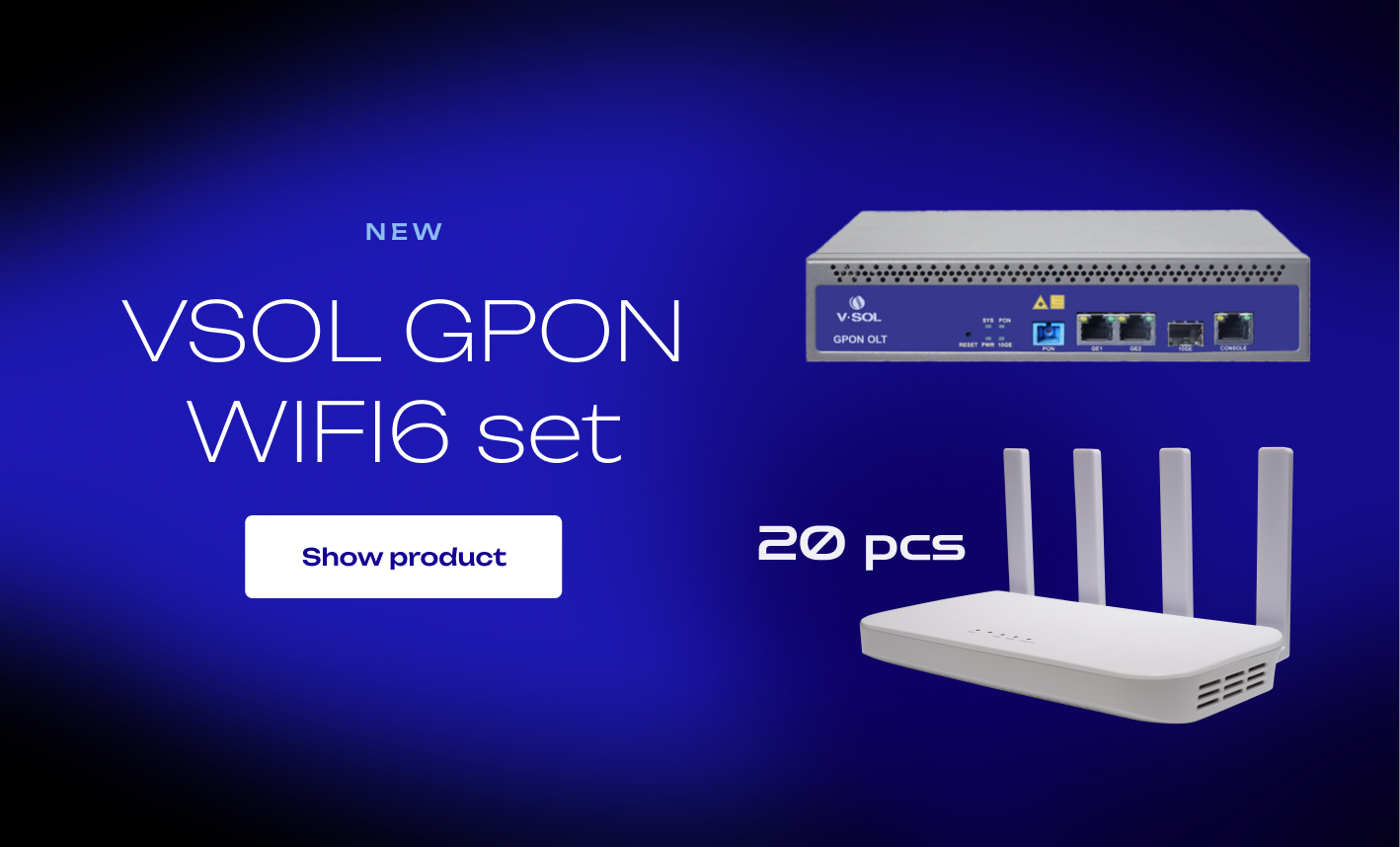Everything you need for passive network infrastructure
PON PLANET
PON (Passive Optical Network) is a passive access network using optical fiber. A single OLT in the central office shares capacity via passive splitters to multiple ONTs/ONUs at customer premises. The result: high speeds, low losses, lower operating costs, and easy scalability.
PON technology enables access to advanced triple play services, i.e., Internet, television, and voice services. The GPON standard for passive optical networks enables transmission speeds of 2.4 or 1.25 Gb/s per user using WDM, i.e., the transmission of signals in a single fiber with different wavelengths. New generations of NG-PON enable 10 Gb/s, 50 Gb/s and even 100 Gb/s.
.png)



.png?68b99d20)











